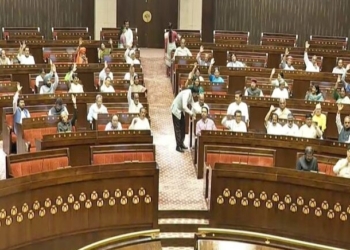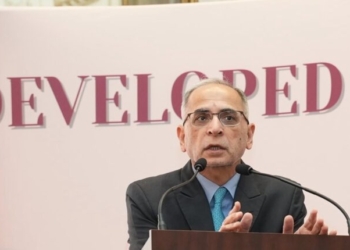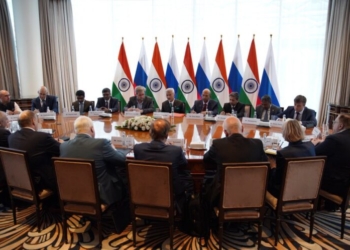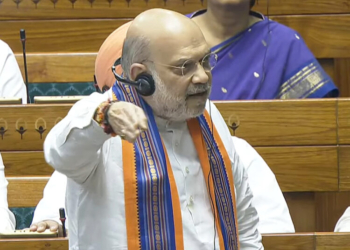New Delhi: IIT Madras has once again become the number one educational institution of the country, and Delhi University’s Miranda House is the number one among all the colleges.
On Monday, the Union Education Ministry announced NIRF India Rankings 2023 for colleges and other higher educational institutions. Delhi University’s Hindu College is second in the list of colleges.
In a feat without precedence in Indian Higher Education, IIT Madras held on its No. 1 ranking in the ‘Overall’ category for the Fifth Consecutive Year and in ‘Engineering’ Category for the Eighth Consecutive Year, right from the first edition of the Rankings in 2016.
The Ministry of Education said, “This is the eighth consecutive edition of India Rankings of institutions of higher education in India in five categories, namely overall Colleges, Universities, Research Institutions and Innovation and eight subject domains, namely Engineering, Management, Pharmacy, Law, Medical, Architecture and Planning, Dental and Agriculture and Allied Sectors.”
As per the National Institutional Ranking Framework (NIRF), overall ranking of Indian Institute of Technology Madras is number one. Indian Institute of Science Bengaluru is in 2nd place, IIT Delhi is at the third spot, IIT Bombay 4, IIT Kanpur 5, AIIMS Delhi 6, IIT Kharagpur 7, IIT Roorkee8, IIT Guwahati 9 and Jawaharlal Nehru University is at number 10.
On the other hand, JNU has performed much better in the University rankings. As per the NIRF University ranking, the Indian Institute of Science, Bengaluru is number one among all universities in the country.
Jawaharlal Nehru University, New Delhi is at 2nd place; another achiever is Jamia Millia Islamia, the University has secured 3rd place; Jadavpur University, Kolkata at 4; Banaras Hindu University, Varanasi 5; Manipal Academy of Higher Education, Manipal; Manipal 6; Amrita Vishwa Vidyapeetham, Coimbatore 7; Vellore Institute of Technology, Vellore 8; Aligarh Muslim University, Aligarh 9 and University of Hyderabad, Hyderabad on 10th place.
The education ministry said that the National Institutional Ranking Framework (NIRF), launched on September 29, 2015 and the first ranking came in 2016. Unlike other rankings in the popular media, India Rankings deploys objective parameters and metrics with factual data gathered from applicant institutions themselves as well as from third party sources such as Web of Science, Scopus and Derwent Innovation.
Several improvements in data collection formats, metrics and comparison methodology were adopted and put in practice for India Rankings over the past eight years, the ministry official added.
According to the education ministry the practice of pre-registration of institutions that had participated in India Rankings in previous year, was continued this year also. Moreover, new institutions were invited to participate in the ranking exercise through an open advertisement.
A total number of 5,543 unique institutions responded and offered themselves for ranking under “Overall”, category-specific or domain-specific rankings. In all, 8,686 applications for ranking were made by these 5,543 unique applicant institutions under various categories or subject domains.
(IANS)















